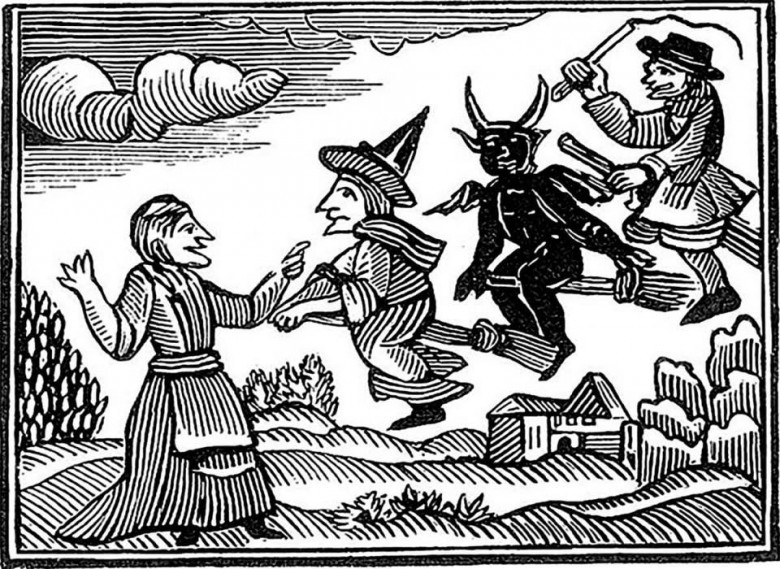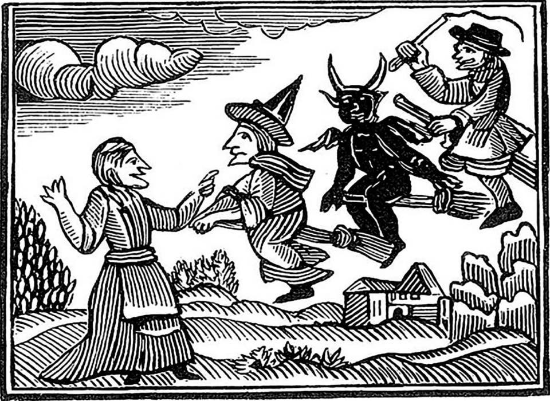Origins of witch-hunting
1st June 2019

Many of us are familiar with the famous upsurge of witch hunting during the fifteenth century. But have we always believed in witches? And have we always thought they should be killed?
We know that a belief in ‘evil witches’ was present in early societies and as widespread early China, Babylonia and Egypt, as well as in Pre-Christian Europe and Imperial Rome. However for the first four centuries of Christianity, Christians themselves were explicitly opposed to executing witches. The Lombard code of 643 states: Let nobody presume to kill a foreign serving maid or female servant as a witch, for it is not possible, nor ought to be believed by Christian minds.
Witchcraft and sorcery were illegal within the Church however they were treated as heresies in which innocent people had been misled by the devil and so the punishments were generally mild. In 1258, Pope Alexander IV declared a canon that alleged witchcraft was not to be investigated by the Church.
Surprisingly, it was the development of the more ‘enlightened’ thinking of the Tudor period that appears to have triggered a new obsession with witchcraft and Satanism. Rather than being seen as innocents led astray by the devil, the new perception of those accused of witchcraft was now one of a powerful devil-worshipper who chose to renounce Christianity and commit themselves to Satanism in order to work powerful magic. In 1487 the Inquisitor Heinrich Kramer published Malleus Maleficarum - translated as Hammer Against Witches, a guide to methods of torture and ways to elicit confessions. Banned by the church just three years after its publication, this book was still reprinted in 14 editions by 1520 and became both popular and influential.
Despite the popularity of Malleus, it did not cause an immediate increase in witch-hunting, however it certainly led to a greater awareness of the perceived threat of witchcraft and in 1542 Henry VIII passed the first bill to define witchcraft as a crime punishable by ‘death, loss or forfeiture of their lands, tenants, goods and chattels.’ However only one case was ever brought to trial under this law - and that case resulted in a pardon.
This law was subsequently repealed by his son Edward VI in 1547 and then replaced by his daughter Elizabeth I in the 1563 Act Against Conjurations, Enchantments and Witchcrafts - possibly as a result of the growing persecution of witches in continental Europe. Slightly more specific and lenient than her father’s original law, this act demanded the death penalty for witchcraft only where harm had been caused and a term of imprisonment for other offences.
However the 270 witchcraft trials that were conducted under Elizabeth I were only a hint at what was to follow when her successor James I took the throne - a king well known for his belief in witches and an obsession with ridding his country of them.
Image: Woodcut of “witches” flying, from Mathers’ Wonders of the Invisible World (1689) and used in an 18th-century pamphlet about the Lancashire witches.
